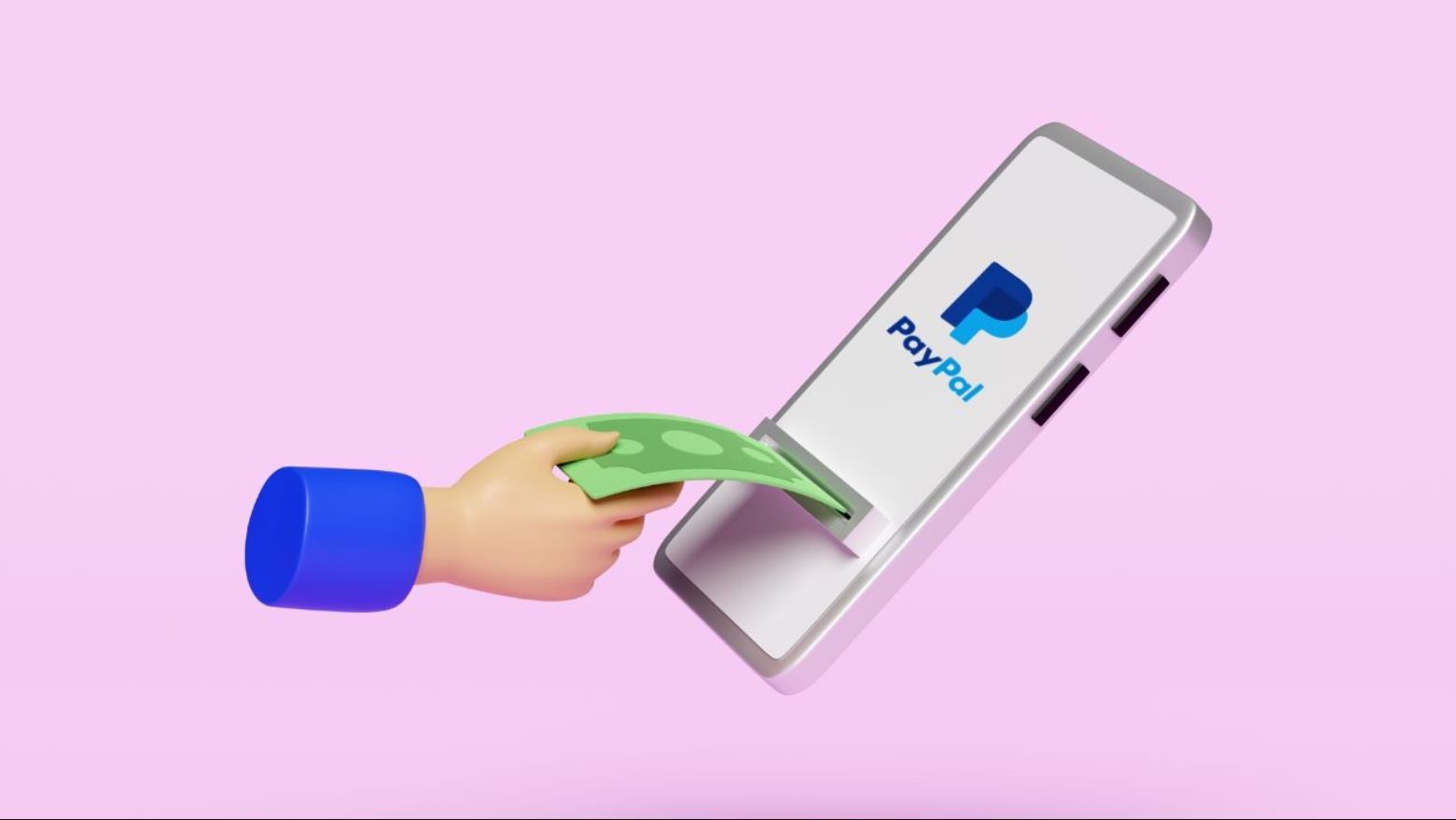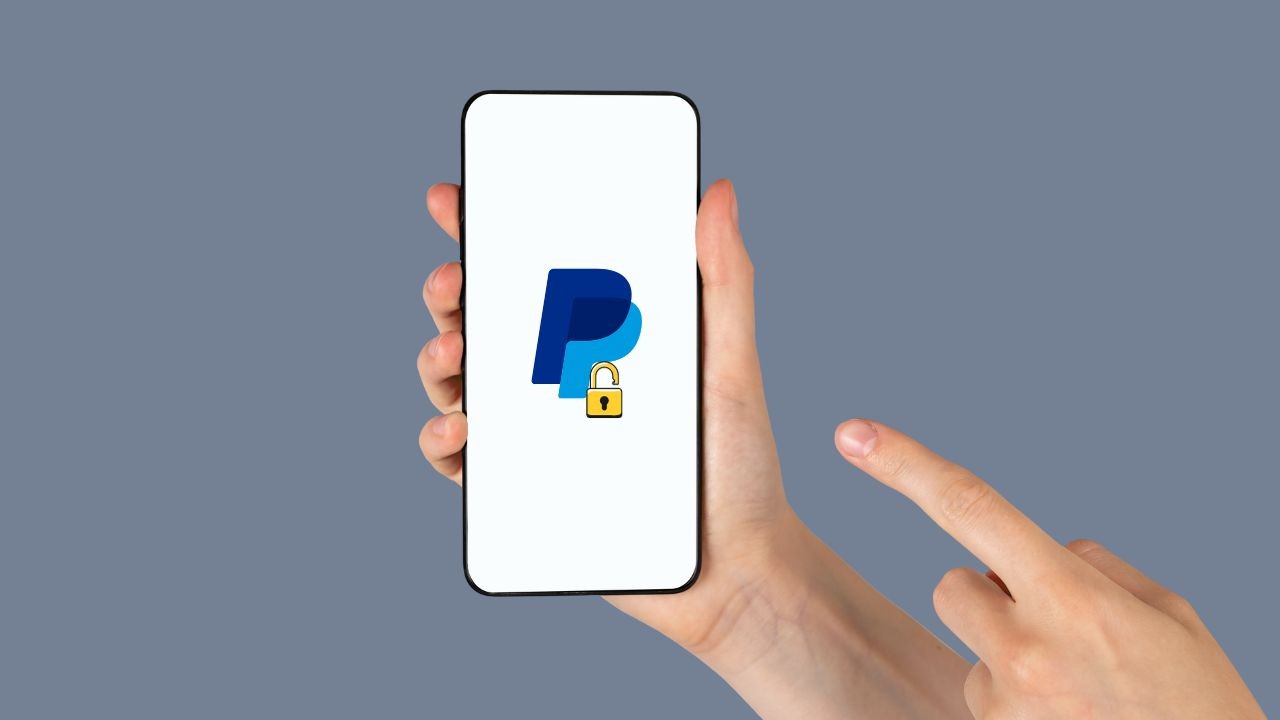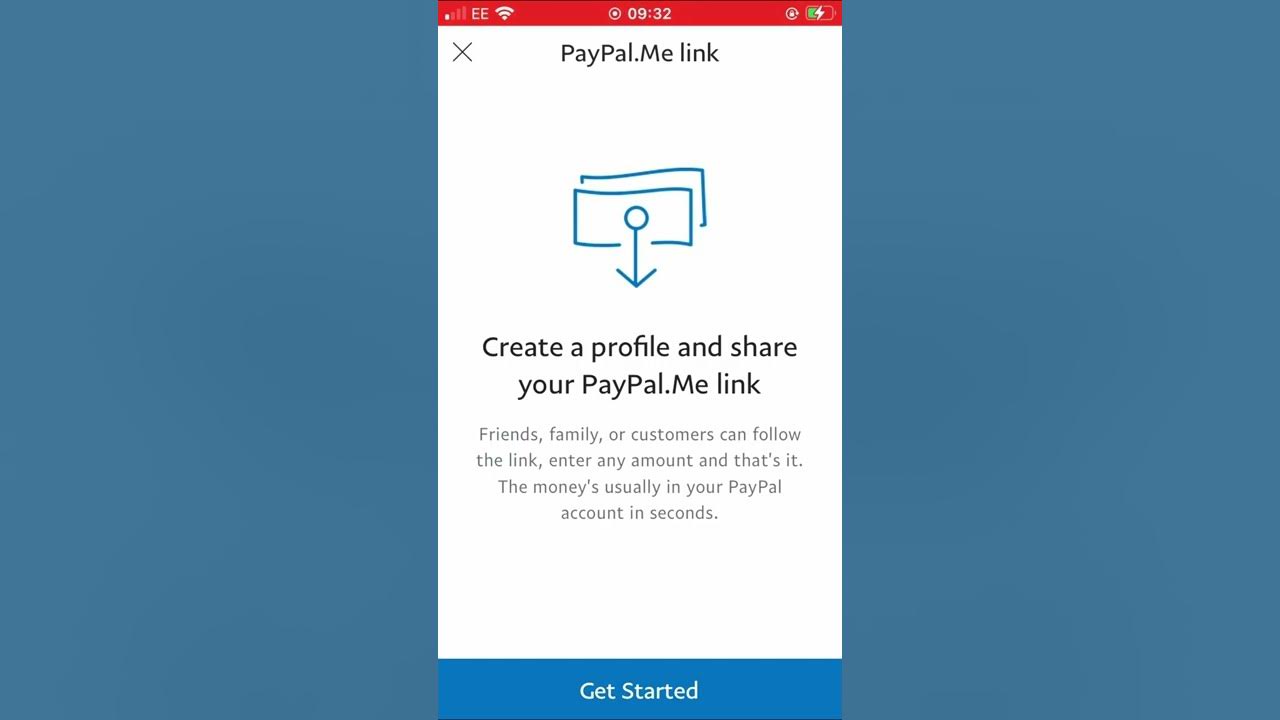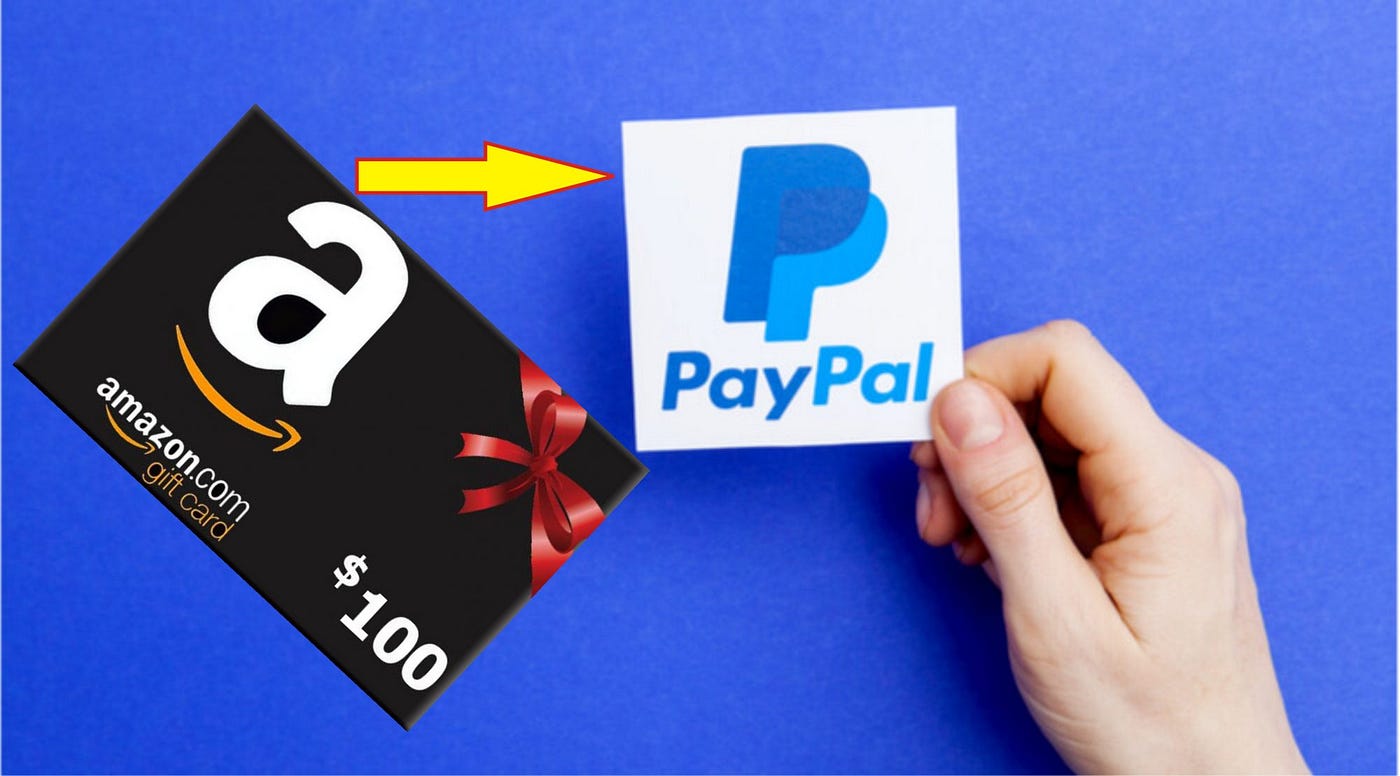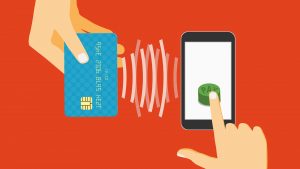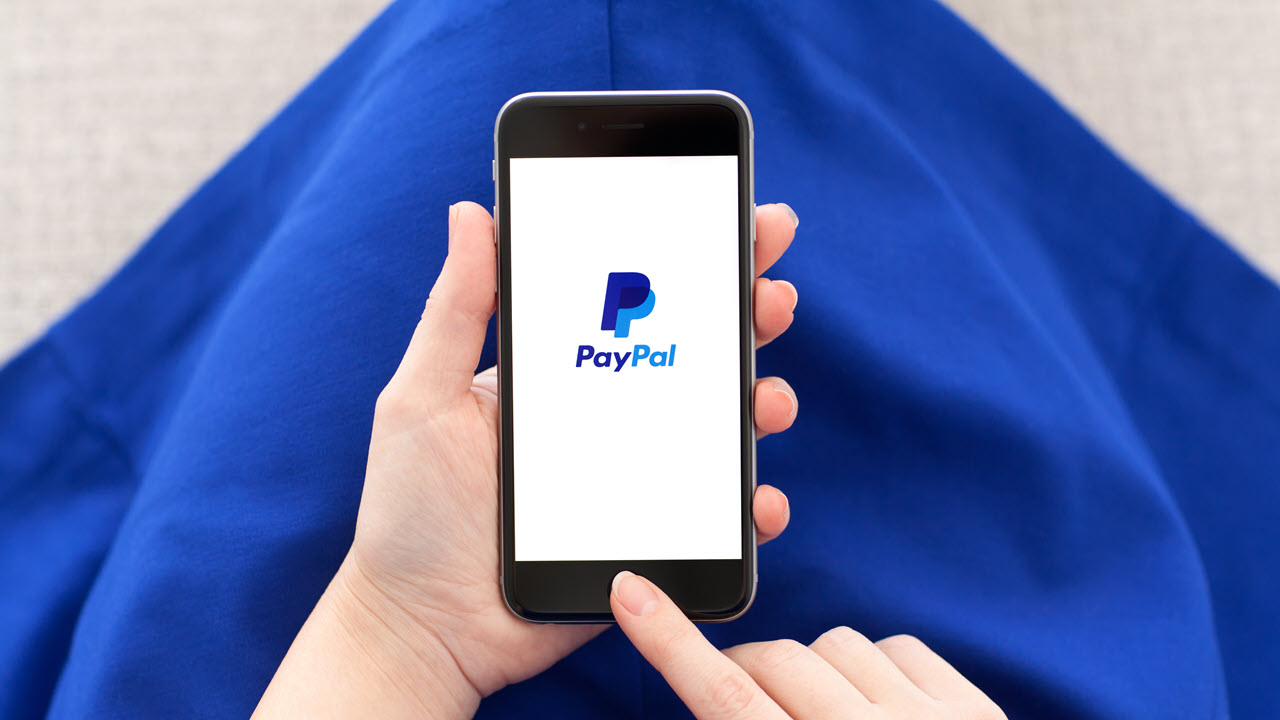What is PayPal Security Code Text
PayPal security code texts are SMS messages sent by PayPal to verify the identity of PayPal account holders. These texts typically include a unique security code that the account holder needs to enter in order to verify their identity. The purpose of these security code texts is to add an extra layer of protection to prevent unauthorized access to PayPal accounts.
When a user registers a new PayPal account or performs certain high-risk transactions, PayPal may choose to send a security code text to the registered mobile number associated with the account. This additional step helps to confirm that the account owner is the one initiating the transaction and enhances the security of the PayPal platform.
The security code text serves as a temporary security measure and is designed to ensure that only the account holder can access and use their PayPal account. It adds an extra layer of protection in addition to the password and other security measures already in place.
It’s important to note that PayPal security code texts are not the same as phishing attempts or scams. PayPal will only send security code texts to the phone number listed on the account, and the codes are not shared with anyone else. They are exclusively for the account owner to verify their identification during specific transactions or account activities.
By requiring a security code to be entered, PayPal aims to protect users from unauthorized access to their accounts and prevent fraudulent activities. This initiative not only safeguards the interests of PayPal users but also helps to maintain the overall security and trustworthiness of the platform.
Why Did I Receive a PayPal Security Code Text
If you have received a PayPal security code text, it means that PayPal has deemed it necessary to further verify your identity for a particular transaction or account activity. There are several reasons why you might receive a PayPal security code text:
- New Account Registration: When you create a new PayPal account, PayPal may send a security code text to ensure that the mobile number provided during registration is valid and belongs to you.
- High-Risk Transactions: PayPal monitors transactions for potential fraudulent or suspicious activities. If you initiate a transaction that is deemed high-risk, such as a large payment or an unusual purchase, PayPal may require additional verification by sending a security code text to confirm that you are the authorized account holder.
- Account Access from New Device or Location: If PayPal detects an attempt to log in to your account from a new device or location that seems unfamiliar, they may send a security code text to verify your identity and ensure that it is indeed you accessing the account.
- Account Recovery: If you have requested to recover your PayPal account due to a forgotten password or other security reasons, PayPal may send a security code text to ensure that only the authorized account owner can regain access.
The purpose of these security code texts is to protect your PayPal account and transactions from unauthorized access and fraudulent activities. By confirming your identity through these texts, PayPal minimizes the risk of someone else gaining unauthorized control over your account.
It’s important to note that if you receive a security code text without any recent PayPal activity or without any action taken by you, it could be an indication of a phishing attempt or a scam. In such cases, it is crucial not to share the security code or any personal information and to report the suspicious activity to PayPal immediately.
By providing an extra layer of security through security code texts, PayPal aims to ensure the safety and integrity of your account and enhance your overall experience as a PayPal user.
Possible Reasons for Receiving a PayPal Security Code Text
If you have received a PayPal security code text, it may be due to one of the following reasons:
- New Account Verification: When you create a new PayPal account, PayPal may send a security code text to verify your identity and confirm that the mobile number provided during registration belongs to you.
- Transaction Verification: PayPal may send a security code text when you initiate a high-risk transaction, such as a large payment or an unusual purchase. This is done to ensure that you are the authorized account holder and to protect against unauthorized use of your PayPal account.
- Account Login Verification: If PayPal detects an attempt to log in to your account from a new device or location, they may send a security code text to verify your identity and protect against unauthorized access.
- Account Recovery: If you have requested to recover your PayPal account due to a forgotten password or security concerns, PayPal may send a security code text to confirm that you are the rightful account owner before allowing access to your account.
- Temporary Security Measures: In certain situations, PayPal may implement additional security measures, such as conducting routine security checks or responding to security incidents. Sending a security code text can help protect your account from potential threats and ensure the overall security of the PayPal platform.
These security code texts are an important part of PayPal’s effort to safeguard your account and ensure that only authorized transactions are performed. By requiring a security code as a means of verification, PayPal adds an extra layer of protection against unauthorized access and fraud.
If you receive a security code text without any recent PayPal activity or without having taken any action, it is possible that it may be a phishing attempt or scam. In such cases, it is important not to share the security code or any personal information and to report the suspicious activity to PayPal immediately.
By proactively sending security code texts, PayPal aims to protect the integrity of your account and enhance the security of your online transactions.
Scenarios when PayPal Sends Security Code Texts
PayPal sends security code texts in various scenarios to ensure the security of your account and transactions. Here are some common instances when you might receive a security code text from PayPal:
- New Account Registration: When you create a new PayPal account, PayPal may send a security code text to verify your mobile number and confirm your identity.
- High-Risk Transactions: If you initiate a transaction that is considered high-risk, such as a large payment or an unusual purchase, PayPal may require additional verification by sending a security code text to confirm that you are the authorized account holder.
- Suspicious Account Activity: If PayPal detects suspicious activity on your account, such as multiple failed login attempts or irregular payment patterns, they may send a security code text to ensure that it is indeed you accessing the account.
- Unfamiliar Device or Location: If you try to log in to your PayPal account from a new device or location that is not recognized, PayPal may send a security code text to verify your identity and protect against unauthorized access.
- Account Recovery: If you have requested to recover your PayPal account due to a forgotten password or other security concerns, PayPal may send a security code text to ensure that only the authorized account owner can regain access.
- Routine Security Checks: PayPal may conduct routine security checks on user accounts as part of their commitment to protecting users from potential threats. Sending a security code text during these checks helps maintain the security and integrity of the PayPal platform.
These scenarios highlight the importance of security code texts in preventing unauthorized access to your PayPal account and ensuring the safety of your transactions. By verifying your identity through these texts, PayPal adds an extra layer of protection to maintain the security and trustworthiness of the platform.
It is important to note that if you receive a security code text without any recent PayPal activity or without any action taken by you, it could be an indication of a phishing attempt or scam. In such cases, it is crucial not to share the security code or any personal information and to report the suspicious activity to PayPal immediately.
By utilizing security code texts, PayPal aims to provide a secure and protected environment for users to manage their financial transactions with peace of mind.
How to Identify a Legitimate PayPal Security Code Text
It’s important to be able to differentiate between a legitimate PayPal security code text and a fraudulent attempt. Here are some tips to help you identify a legitimate security code text from PayPal:
- Verify the Sender: Check that the sender of the security code text is displayed as “PayPal” or a legitimate phone number associated with PayPal. Be cautious if the sender appears to be unfamiliar or suspicious.
- Content of the Text: Legitimate security code texts from PayPal will typically include a unique security code and a brief message explaining its purpose, such as confirming a transaction or verifying your identity.
- Absence of Links: Legitimate security code texts from PayPal will not contain any links to external websites or ask you to click on suspicious URLs. Do not click on any links within the text.
- Personalized Information: Look for personalization in the text, such as your name or the last few digits of your PayPal account number. However, keep in mind that scammers can also include some personal information, so this alone is not a guarantee of authenticity.
- Consistent Tone and Language: Pay attention to the tone and language used in the text. Legitimate security code texts from PayPal are usually written in a professional and consistent manner without any grammatical errors or unusual phrasing.
- Contextual Relevance: Consider whether the timing and reason for receiving the security code text align with your recent PayPal account activity, such as initiating a high-risk transaction or recovering your account.
Remember that PayPal security code texts are meant to enhance the security of your account and transactions, and PayPal will never ask you to share the security code with anyone else. Be wary of any text message requesting your security code or personal information, as this is likely a phishing attempt or scam.
If you have any doubts about the legitimacy of a security code text, it is recommended to directly log in to your PayPal account from a trusted browser or app to verify any pending transactions or account activities that may require a security code.
By being vigilant and verifying the authenticity of security code texts, you can help protect yourself against potential fraudulent activities and maintain the security of your PayPal account.
What to Do if You Receive a Suspicious PayPal Security Code Text
If you receive a suspicious PayPal security code text, it is important to take immediate action to protect your account and personal information. Here are the steps you should follow if you receive a suspicious security code text:
- Do Not Share the Code: Under no circumstances should you share the security code or any personal information with the sender of the suspicious text. PayPal will never ask you to provide this information through text messages.
- Do Not Click on Links: Avoid clicking on any links within the text message, as these could lead to malicious websites or phishing attempts. Legitimate PayPal security code texts do not contain any links.
- Forward the Text to PayPal: If you suspect that the security code text is fraudulent, forward the entire message to PayPal at spoof@paypal.com. This allows PayPal to investigate the situation and take appropriate actions.
- Report the Suspicious Activity: Use the official PayPal website or app to report the suspicious activity. Provide all relevant details, including the content of the text message, the phone number it was sent from, and any other information that may help PayPal in their investigation.
- Monitor Your Account: Keep a close eye on your PayPal account for any unauthorized transactions or unusual activity. If you notice any unauthorized activity, report it to PayPal immediately.
- Update Your Account Security: Consider updating your PayPal account password and enable additional security features like two-factor authentication to enhance the security of your account.
- Educate Yourself: Stay informed about common phishing techniques and scams targeting PayPal users. Regularly check PayPal’s website or official communication channels for any security updates or alerts.
It’s crucial to remain vigilant and cautious when dealing with suspicious text messages claiming to be from PayPal. Taking proactive steps to protect your account and reporting any fraudulent activity will help keep your personal information and funds secure.
By promptly reporting suspicious PayPal security code texts and maintaining good security practices, you can contribute to the fight against phishing attempts and help protect yourself and other PayPal users from potential scams.
Steps to Protect Your PayPal Account from Potential Security Risks
Ensuring the security of your PayPal account is essential to protect your funds and personal information. Here are some crucial steps you can take to safeguard your PayPal account from potential security risks:
- Create a Strong Password: Choose a unique and strong password that includes a combination of upper and lowercase letters, numbers, and special characters. Avoid using easily guessable information such as your name, birthdate, or sequential numbers.
- Enable Two-Factor Authentication: Activate two-factor authentication (2FA) for an added layer of security. This requires providing a second form of verification, usually a unique code sent to your mobile device, in addition to your password.
- Regularly Update Your Software: Make sure your operating system, web browser, and antivirus software are up to date. Keeping your software current helps protect against known vulnerabilities that scammers may exploit.
- Be Cautious of Phishing Attempts: Be wary of emails, text messages, or calls that request your PayPal login credentials or personal information. PayPal will never ask for your password, security code, or any sensitive information through these channels.
- Verify Website Security: Always check that you are on a secure and legitimate PayPal website before entering any login or financial information. Look for the lock symbol and “https://” at the beginning of the web address to ensure a secure connection.
- Avoid Public Wi-Fi Networks: When accessing your PayPal account, avoid using public Wi-Fi networks which can be insecure. Instead, use a trusted and encrypted network to protect your data.
- Review Account Activity: Regularly review your PayPal account activity to detect any unauthorized transactions or suspicious activities. Report any suspicious transactions or account discrepancies to PayPal immediately.
- Keep Personal Information Private: Be cautious about sharing personal information online, especially on social media platforms. The more information scammers have about you, the easier it is for them to attempt identity theft or gain unauthorized access to your account.
- Monitor Email and Text Communications: Be cautious of unsolicited emails or text messages claiming to be from PayPal, especially if they include urgent requests or ask for personal information. If in doubt, contact PayPal directly through their official website or app.
By following these steps and adopting good security practices, you can significantly reduce the risk of unauthorized access to your PayPal account and protect yourself from potential security threats.
Remember that PayPal values the security of its users and provides resources and support to help you protect your account. Stay informed about the latest security features and updates from PayPal to keep your account secure.
Common PayPal Security Code Text Scams to Be Aware Of
While PayPal security code texts are designed to enhance the security of your account, scammers may attempt to exploit this system for their fraudulent activities. It is important to be aware of common PayPal security code text scams to protect yourself from falling victim to these scams. Here are some scams to be aware of:
- Phishing Scams: Scammers may send text messages claiming to be from PayPal, requesting you to provide your security code or other personal information. They often create convincing replicas of PayPal messages or websites to trick you into disclosing sensitive details.
- Fake Security Alerts: Scammers may send text messages warning you of unauthorized access or suspicious activity on your PayPal account. They will instruct you to enter your security code or click on a link to resolve the issue, leading you to a fake website designed to steal your login credentials.
- Reward or Prize Scams: Scammers may send text messages claiming that you have won a prize or reward from PayPal. They will ask you to provide your security code to claim the prize, but it is a ploy to obtain your personal information.
- Account Limitation Scams: Scammers may send text messages pretending to be PayPal and stating that your account has been limited or restricted. They will ask you to enter your security code to resolve the issue, aiming to gain access to your account.
- Payment Refund Scams: Scammers may send text messages posing as PayPal, informing you that you are eligible for a refund. They will request your security code to complete the refund process, but their intention is to deceive you into providing your security code for unauthorized access.
- False Purchase Notifications: Scammers may send text messages notifying you of a purchase or transaction on your PayPal account that you did not make. They will prompt you to enter your security code to cancel the transaction, which is a tactic to steal your security code.
It is important to remember that PayPal will never ask you to provide your security code or any personal information through text messages or emails. They will also not send unsolicited text messages regarding account limitations, rewards, or refunds.
If you receive a suspicious PayPal security code text, do not share your security code or any personal information. Report the suspicious activity to PayPal and forward the text message to their official email address for further investigation.
To stay safe, always verify the legitimacy of any communication by directly logging into your PayPal account or contacting PayPal through their official website or customer support channels.
By staying vigilant and informed about common PayPal security code text scams, you can protect yourself and your PayPal account from potential fraud and unauthorized access.









